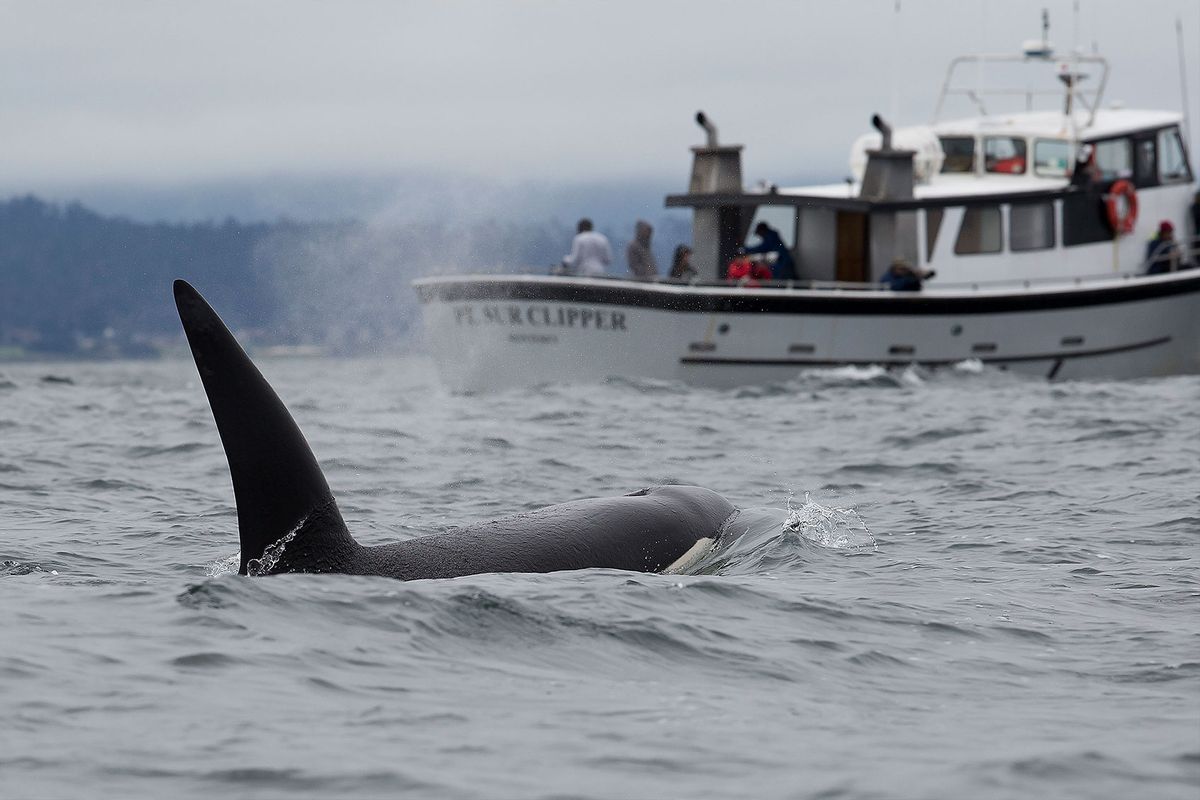
He might be preparing to ram that boat.
I took two semesters of Byzantine History in college, taught by a world-class scholar. And in all that time, he never mentioned this peculiar incident. It was described by the 6th-century historian Procopius, who probably had first-hand information.
For fifty years (!), a whale nicknamed “Porphyrius” attacked boats and ships in the waters around Constantinople. Emperor Justinian ordered his navy to put a stop to it, but they couldn’t. It’s not known how many vessels Porphyrius sent to Davy Jones, but it was certainly more than just a few.
What kind of whale was it? Procopius didn’t know. Modern historians believe it was most likely a larger than usual orca, or just possibly a sperm whale–although sperm whales don’t generally appear in those waters.
In our own time orcas have attacked fishing vessels in the waters around Gibraltar. They haven’t sunk any, but they’ve seriously damaged several boats that were lucky to get back to port with all hands still alive. No one knows why the whales are doing this. Is it a new whale fad, or just a few habitual bad ones? It remains to be seen whether there will be any further attacks this year.
Imagine if Porphyrius had sunk a ship carrying the emperor himself, or an important general. It could have changed history.
In the end, Porphyrius beached himself and, defenseless as he was, a mob of local people came out with weapons and farm implements and dispatched him. It is recorded that they threw themselves into the job as a long-awaited revenge.